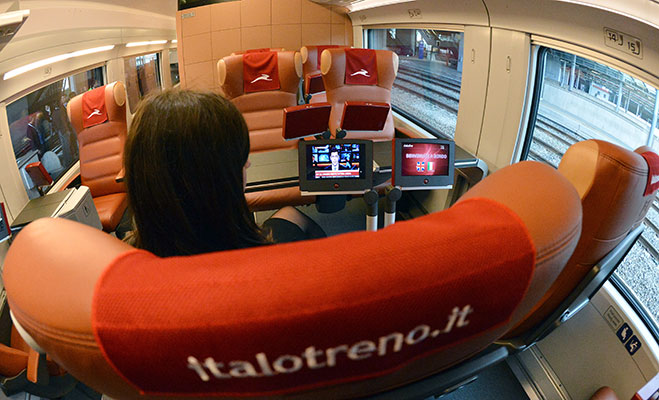In Europe, high-speed trains and budget commuter flights make travel between countries fast and efficient. For example, one executive commutes between London, where his company is headquartered, and Prague, where his family lives. He does this primarily on the weekends, but his job also requires frequent travel and he is sometimes in Prague on business, making his commute, at such times, much easier. The Eurostar has made travel between London and Paris quite comfortable and the Monday morning and Friday afternoon trains have many familiar faces.
The US, with its vast land area, is seeing a rise in super commuting by people who work in a large metropolitan area, but who want to live farther out, in rural towns away from the city. A recent report found that the Houston, Texas area has the highest number of super commuters in the nation, with many making the 200 mile (321 km) drive each way from Dallas to Houston. The State of Texas did not even have a rail division until 2009, but one has since been created and officials are now “studying the potential” of a high-speed rail link between several large metropolitan areas. With super commuters making up nearly 14 percent of the workforce in the area, the attractiveness of a high-speed line is luring investor interest from as far away as Japan.
Chicago, Illinois, in the northern portion of the country, has super commuters who live as far away as St. Louis, Missouri, a distance of some 300 miles (470 km). The data on super commuters in this area indicates that they tend to be younger than the typical commuter and also wealthier. More than half of Chicago-area super commuters earn more than $3,000 per month, versus slightly less than half of typical commuters at that salary level.
The state of Illinois was granted $150m to be used toward the cost of upgrading a long section of the rail line between Chicago and Detroit so that it will be capable of handling high-speed trains. Improvements in just that one section of track will shave around 30 minutes off the journey time. As more and more segments of track are upgraded Americans should see improvements in passenger rail service, which have traditionally been focused on leisurely, scenic rides.
Some companies subsidise these long-distance commuters, as is the case with John Barbour, CEO of LeapFrog Enterprises. The company is headquartered in California, but Barbour lives 3,000 miles across the country in the state of New York. LeapFrog subsidises his travel expenses to the tune of approximately $150,000 per year. As the search for the new talent continues, around the world, more and more employees who wish to avoid uprooting their families may well join the ranks of super commuters.





